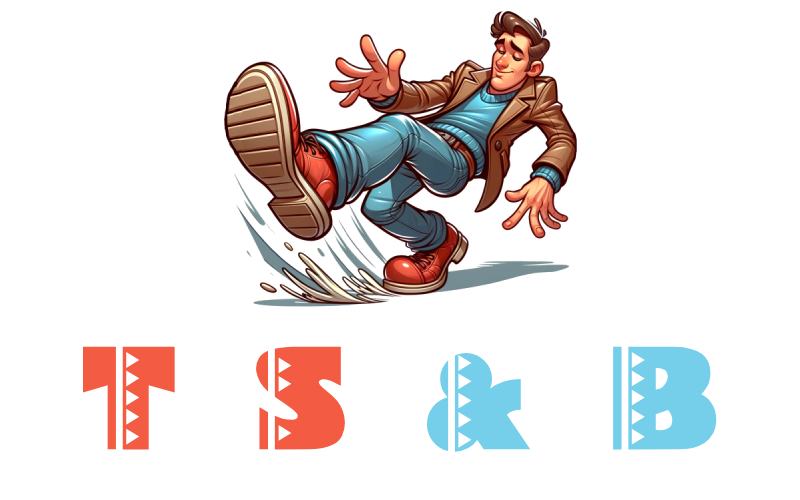Embarking on the journey of motorcycle riding can be an exhilarating adventure, yet it demands careful preparation and respect for the road. For beginners, the allure of the open road is tempered by the necessity of mastering the fundamentals of riding technique, safety gear, and understanding the machine itself. This guide is crafted to help novice riders navigate the initial complexities and lay a foundation for safe and enjoyable riding experiences.
Starting with the basics, the first step for any aspiring motorcyclist is choosing the right bike. It’s essential to select a motorcycle that fits your body type and level of experience. For most beginners, a bike with a smaller engine, typically between 250cc and 500cc, is advisable as it offers enough power to keep up with traffic while being more manageable and forgiving during the learning process. The weight and height of the motorcycle should also be comfortable for the rider, ensuring that they can easily reach the ground with both feet when stationary, which boosts confidence and control.
Once the right motorcycle is chosen, the next crucial step is investing in high-quality riding gear. Safety gear is indispensable in protecting riders from injuries. A well-fitted helmet is the most critical piece of gear; it should meet local safety standards and fit snugly around the head. Motorcycle jackets, gloves, pants, and boots are also essential. These items should be made of abrasion-resistant materials and might include built-in armor that protects against impacts. Remember, the goal of your gear is to protect you from the elements in case of an accident.
Understanding the mechanics and maintenance of your motorcycle is equally important. Familiarizing yourself with the basic workings of your bike, such as checking oil levels, tire pressures, and brake pads, can not only improve the performance of your motorcycle but also prevent accidents caused by mechanical failures. Routine maintenance checks before each ride, often referred to as T-CLOCS (Tires, Controls, Lights, Oils, Chassis, and Stands), should become a habitual part of your pre-ride preparation.
With your gear set and a basic understanding of your motorcycle’s maintenance needs, the next significant undertaking is learning to ride. Beginners should consider taking a motorcycle safety course, which is invaluable as it not only teaches the basics of bike handling and riding techniques but also covers defensive driving strategies that are crucial for navigating traffic safely. These courses typically provide a mix of classroom instruction and practical riding experience, which are vital in building confidence and competence.
The practical skills a beginner needs to develop include mastering the clutch and throttle coordination, smooth braking, and navigating turns. These skills require practice, and it’s beneficial to start in a controlled environment, such as an empty parking lot. Practice sessions should focus on exercises like starting and stopping, turning at various speeds, and emergency maneuvers. As these skills become more familiar, the beginner can gradually move to more challenging environments, introducing more variables such as busier streets and varying road conditions.
Another critical aspect of learning to ride is developing situational awareness. Riding a motorcycle requires more than just handling the machine; riders must always be acutely aware of their environment. This includes monitoring traffic patterns, weather conditions, road surfaces, and potential hazards. It’s vital to anticipate the actions of other drivers, which can be unpredictable, and to always have an escape route in mind should you need to avoid an accident.
In conclusion, starting your motorcycle riding journey is about combining enthusiasm with caution and knowledge. The excitement of riding your first bike should be balanced with a commitment to safety and continuous learning. By carefully selecting your motorcycle, investing in the right gear, understanding your bike’s mechanics, and rigorously practicing riding skills, you can ensure that your experience on the road is both thrilling and safe. Embrace the journey with respect and diligence, and the road will welcome you with endless adventures.

